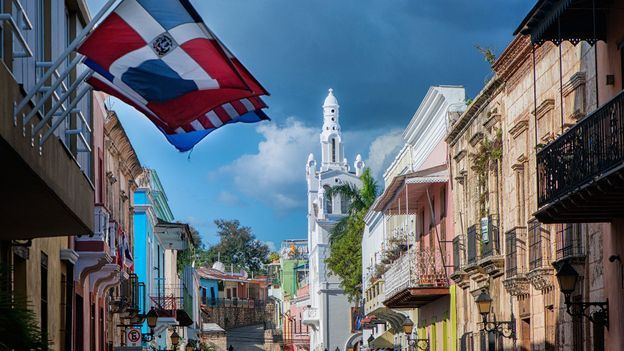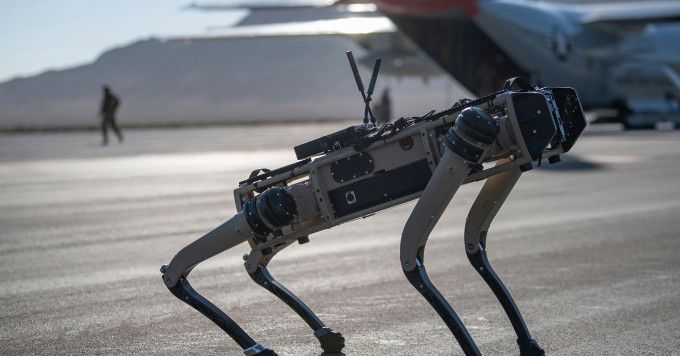The Dominican Republic was home to the first black people in the Americas. So why has Europe’s oldest permanent settlement in the Americas turned its back on its African past?


Elon Musk wants to connect all corners of the planet via space, but his thousands of orbiting routers may pose a risk to satellites and to science.


Despite expert advice against paying up, most victims of ransomware attacks in the region, including 88% in Australia and 78% in Singapore, have paid the ransom in full or in part, and the number of such attacks is only going to keep climbing amidst accelerated digital transformation efforts and remote work.

“An investment in knowledge pays the best interest” — Benjamin Franklin
On November 24th, IBM is running a free, online Data & AI Conference for India and the Asia Pacific region, covering four tracks:
AI designed to be aware of it’s own competence.
Ira Pastor, ideaXme life sciences ambassador interviews Dr. Jiangying Zhou, DARPA program manager in the Defense Sciences Office, USA.
Ira Pastor comments:
On this episode of ideaXme, we meet once more with the U.S. Defense Advanced Research Projects Agency (DARPA), but unlike the past few shows where we been spent time with thought leaders from the Biologic Technology Office (BTO), today we’re going to be focused on the Defense Sciences Office (DSO) which identifies and pursues high-risk, high-payoff research initiatives across a broad spectrum of science and engineering disciplines and transforms them into important, new game-changing technologies for U.S. national security. Current DSO themes include frontiers in math, computation and design, limits of sensing and sensors, complex social systems, and anticipating surprise.
Dr. Jiangying Zhou became a DARPA program manager in the Defense Sciences Office in November 2018, having served as a program manager in the Strategic Technology Office (STO) since January 2018. Her areas of research include machine learning, artificial intelligence, data analytics, and intelligence, surveillance and reconnaissance (ISR) exploitation technologies.

Fido, meet F1d0.
Newly developed robotic K9s will soon be prowling Tyndall Air Force Base in Panama City, Florida, to enhance security and surveillance patrolling, WMBB-TV reported Monday.
The 325th Security Forces Squadron, which handles security for the base, said the robo-dogs are weatherproof, four-legged, unmanned patrolling drones that have two-way communication abilities and high-tech sensors that cost about $100,000 a pop, the outlet reported.
Boston Dynamics getting dumped again. The dog robot was ideal as a replacement for guard dogs, someone else is already filling that void. The Atlas robot no where near ready for market. Probably down hill from here.
A sale to Hyundai could hasten the company’s shift from research to commercialization.

Shantanu Chakrabartty’s laboratory has been working to create sensors that can run on the least amount of energy. His lab has been so successful at building smaller and more efficient sensors, that they’ve run into a roadblock in the form of a fundamental law of physics.
Sometimes, however, when you hit what appears to be an impenetrable roadblock, you just have to turn to quantum physics and tunnel through it. That’s what Chakrabartty and other researchers at the McKelvey School of Engineering at Washington University in St. Louis did.
The development of these self-powered quantum sensors from the lab of Chakrabartty, the Clifford W. Murphy Professor in the Preston M. Green Department of Systems & Electrical Engineering, was published online Oct. 28 in the journal Nature Communications.
